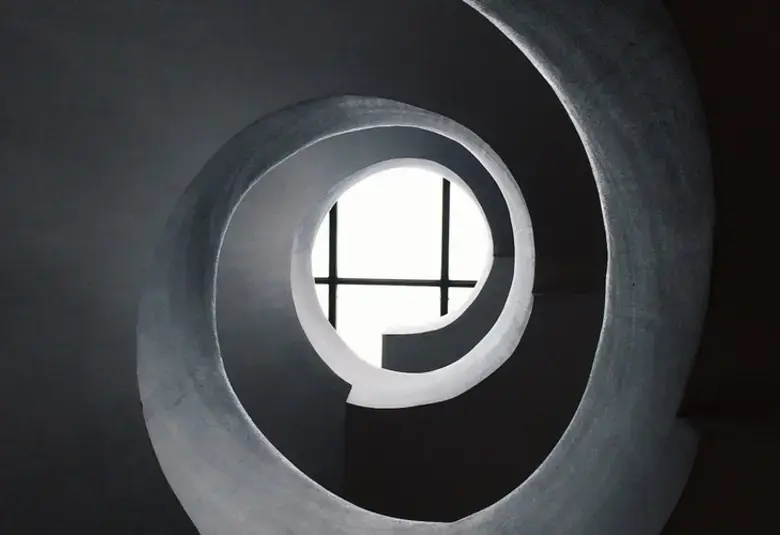The recurrence of classical motor symptoms of Parkinson’s disease (PD) signifies the end of the stable “honeymoon” period during which PD motor symptoms can be managed, and the progression to later-stage PD said Professor Angelo Antonini, MD, of the University of Padua, Italy during a plenary session at the 2019 MDS Congress held in Nice, France.
Signs of progression to advanced PD include the “wearing-off” of motor symptom control between doses of levodopa, development of involuntary movements (dyskinesias), problems with gait and balance control, cognitive impairment and other non-motor symptoms.1 In fact, 80% of patients experience motor complications 4 years after initiation of PD therapy regardless of the type of initial treatment given.2
Therapeutic management of advanced PD aims to extend levodopa benefit while minimizing motor complications and includes the implementation of drug infusion and surgical techniques.3
The challenge of managing OFF time in late stage PD is large, as the severity of OFF varies between patients; some patients experience more OFF time but have good overall function, while other patients with a much shorter amount of OFF time may suffer a dramatic worsening in mobility during the OFF state, said Professor Antonini.
The challenge of managing OFF time in advanced PD is great – as the extent and severity of OFF time varies from patient to patient
The presence of disabling non-motor features during OFF time such as pain, bladder dysfunction, or mood changes worsen the patient’s perception of OFF-related severity. Patients with PD rate “wearing-off” as the greatest challenge with their levodopa therapy.4
“Ask, ask, ask” to identify cognitive, behavioral and psychiatric problems associated with PD was the take home message stressed by Professor Jennifer Goldman, MD, of the Northwestern University Feinberg School of Medicine, Chicago, IL, USA.
“Ask, ask, ask to identify cognitive, behavioral and psychiatric problems associated with PD”
Cognitive, behavioral and psychiatric symptoms are common in PD - despite often being under-reported by patients and under-detected by doctors - and can occur throughout the disease course.5 Yet, the identification of cognitive, behavioral and psychiatric disturbances may be achieved through asking the patient, reporting from the patient and carer, clinical observation, objective evidence and diagnostic criteria.
Neuropsychiatric symptoms in PD, in particular, have a substantial impact on patients and carers increasing morbidity and mortality, and reducing quality of life.6,7
A broad spectrum of symptoms including apathy, depression, anxiety, irritability, mild cognitive impairment, impulse control disorders, and psychosis are possible, some as a side-effect of dopaminergic medications, and increasingly as PD progresses. It is now recognized that these symptoms should be discussed at all stages of PD and neuropsychiatric fluctuations scales have been developed.8 Currently, few treatments are available that target PD dementia and neuropsychiatric symptoms,9 and more research is needed, summarized Professor Goldman.
In the final presentation, Professor Nir Giladi, MD of the Tel-Aviv University, Israel turned the audience’s attention to the issue of postural instability and gait disturbances in PD. Gait impairments are among the most common and disabling symptoms of PD, that impair quality of life and predict mortality, and yet gait is not routinely quantitatively assessed.10
Postural instability and gait disturbances are among the most common and disabling symptoms of PD that impair quality of life and predict mortality
Balance problems are now known to be predictive of the development of PD and gait disturbances and impaired posture are experienced for around 4 years before a diagnosis of PD is made.11-13
There are many promising therapies available that, to a varying extent, affect gait and balance disorders in PD including pharmacological approaches, exercise, physical therapy, invasive and non-invasive neurostimulation.14 Harnessing technology using multimodal continuous intervention and monitoring in the future may provide a good approach to predict and prevent falls, concluded Professor Giladi.
Our correspondent’s highlights from the symposium are meant as a fair representation of the scientific content presented. The views and opinions expressed on this page do not necessarily reflect those of Lundbeck.




